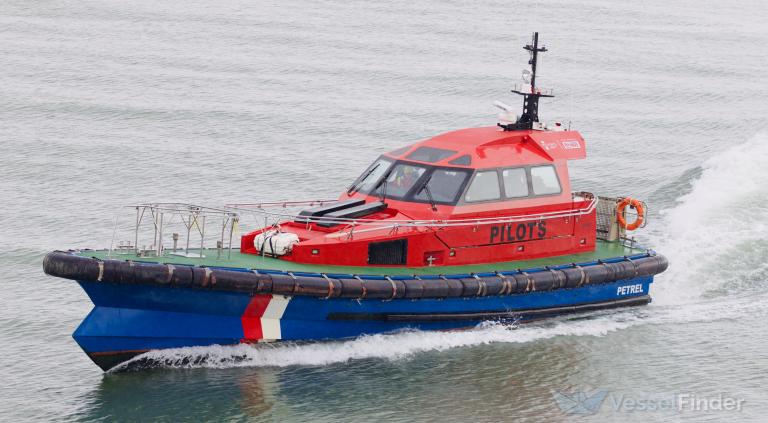Petrel Migration Patterns And Their Impact On Coastal Ecosystems
Share
Petrels are remarkable seabirds known for their extensive migratory patterns and significant role in coastal ecosystems. Understanding their migration not only reveals the intricacies of their life cycles but also highlights their impact on the environments they inhabit. This article explores the fascinating world of petrel migration, the ecological significance of these birds, and how their movements affect coastal ecosystems.
Understanding Petrel Migration
Petrels are part of the family Procellariidae, which includes various species that are adept at long-distance flying. These birds typically migrate between breeding and feeding grounds, often covering thousands of miles across oceans. Their migration patterns are influenced by several factors, including food availability, breeding cycles, and environmental conditions.
Migration Routes
Petrels are known for their remarkable ability to navigate vast distances. Many species follow specific migration routes that are influenced by ocean currents and wind patterns. For example, the Wandering Albatross, one of the largest petrels, migrates across the Southern Ocean, utilizing the wind to travel efficiently.
Breeding and Feeding Grounds
Petrels typically breed on remote islands, where they are free from many terrestrial predators. After the breeding season, they migrate to rich feeding grounds, often located in nutrient-dense waters. These areas are crucial for their survival, as they provide the necessary food resources to sustain their long journeys.
The Ecological Role of Petrels
Petrels play a vital role in coastal ecosystems. Their feeding habits and migratory patterns contribute to the health of marine environments.
Nutrient Cycling
As petrels feed on fish and squid, they contribute to nutrient cycling in marine ecosystems. Their droppings, rich in nitrogen and phosphorus, fertilize the ocean, promoting the growth of phytoplankton, which forms the base of the marine food web.
Predator-Prey Dynamics
Petrels are both predators and prey within their ecosystems. They help regulate fish populations by preying on smaller species, while also serving as food for larger predators such as seals and sharks. This dynamic interaction maintains the balance within coastal ecosystems.
Impact of Migration on Coastal Ecosystems
The migration of petrels has profound effects on coastal ecosystems, influencing both biological and physical processes.
Biodiversity Enhancement
Petrel migration contributes to the biodiversity of coastal regions. As these birds travel, they interact with various species, spreading seeds and nutrients that support diverse marine life. Their presence can enhance the resilience of coastal ecosystems, making them more adaptable to environmental changes.
Climate Change and Migration Patterns
Climate change poses significant challenges to petrel migration patterns. Alterations in ocean temperatures and currents can affect food availability, leading to changes in migration routes and timings. These shifts can have cascading effects on coastal ecosystems, disrupting established predator-prey relationships and nutrient cycles.
Conservation Challenges
Despite their ecological importance, petrels face numerous threats that jeopardize their populations and the ecosystems they support.
Habitat Loss
Human activities, such as coastal development and pollution, have led to habitat loss for petrels. Breeding sites on remote islands are particularly vulnerable to invasive species and habitat degradation, which can severely impact petrel populations.
Climate Change
As mentioned earlier, climate change is a significant threat to petrel migration. Changes in ocean temperatures can alter food availability, forcing petrels to adapt their migratory behaviors. This can lead to decreased reproductive success and population declines.
Conclusion
Understanding petrel migration patterns is crucial for appreciating their role in coastal ecosystems. These remarkable birds not only contribute to the health of marine environments but also serve as indicators of ecological change. Protecting their habitats and addressing the challenges posed by climate change are essential for ensuring the survival of petrels and the integrity of the ecosystems they inhabit.
As you consider your next travel destination, think about the coastal regions where petrels thrive. Engaging in eco-tourism can help support conservation efforts while allowing you to witness the beauty of these migratory birds in their natural habitats. Whether you're planning a trip to the remote islands where they breed or the nutrient-rich waters where they feed, every visit contributes to the ongoing effort to protect these incredible species and their ecosystems.
For more information on planning your eco-friendly travel adventures, check out Hotels & Flights and Transfers.




